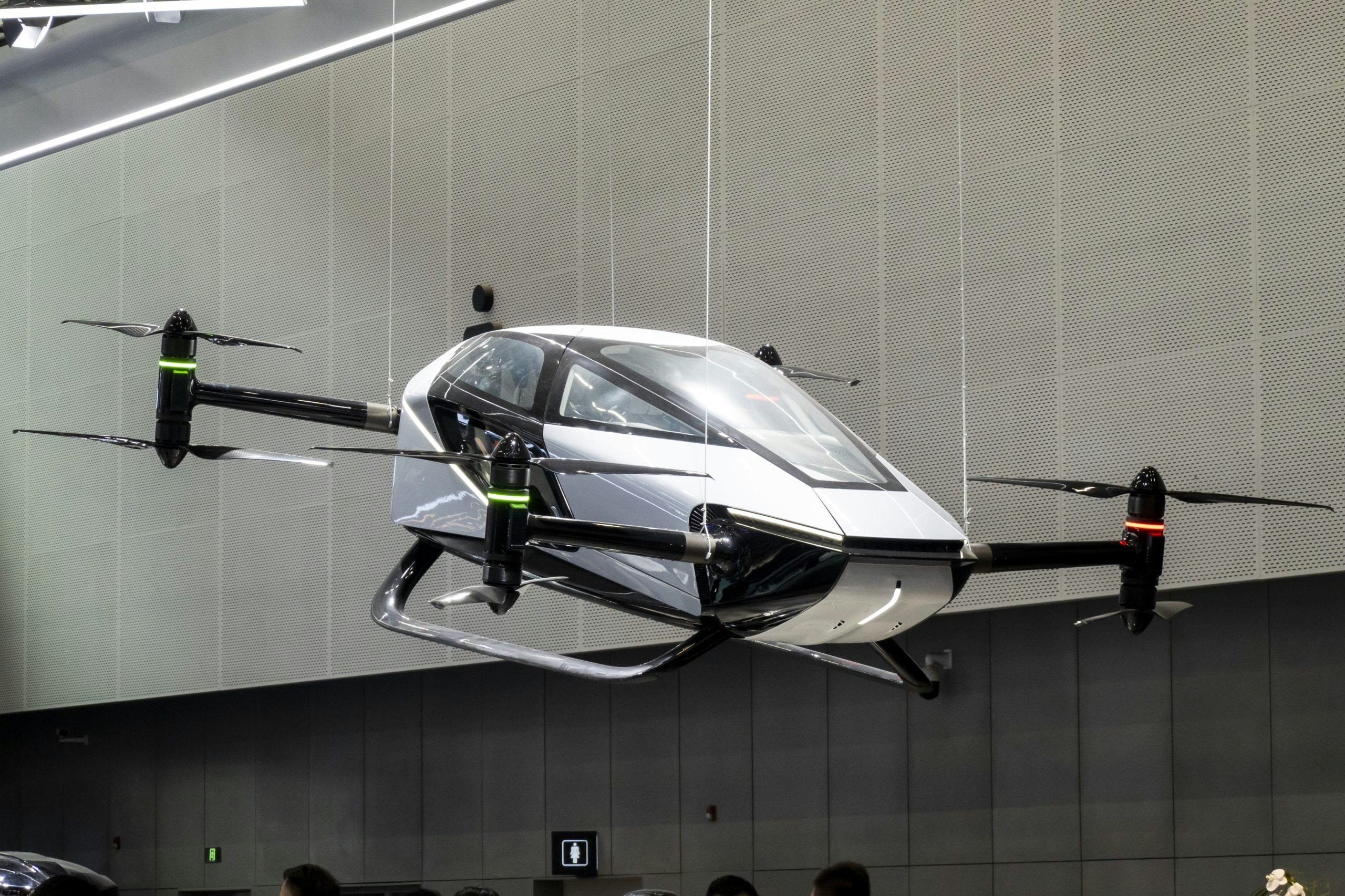
Smarter email, faster business.
Trending
Categories
Key Focus Areas in the Air India Crash Investigation
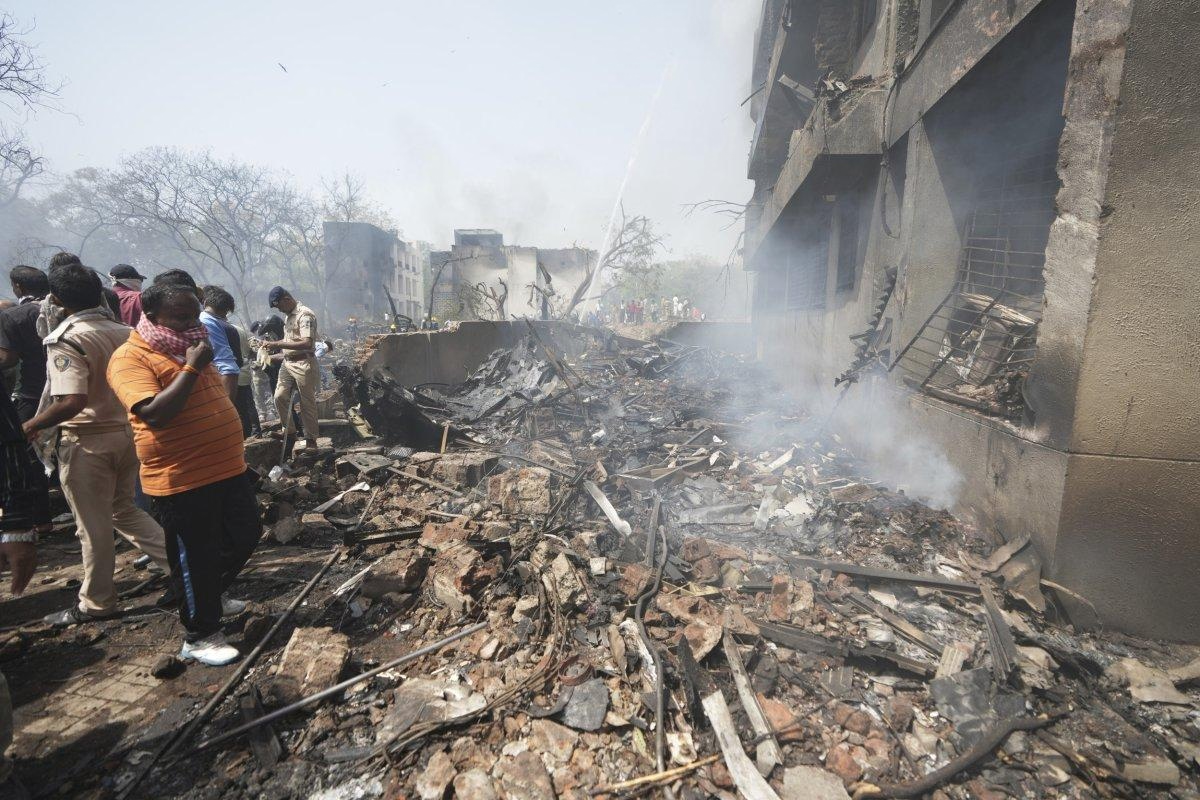
Key Focus Areas in the Air India Crash Investigation
As investigators continue to examine the wreckage and data from Thursday’s catastrophic Air India crash, aviation experts are striving to piece together the sequence of events that culminated in the tragedy. The Boeing 787 Dreamliner, manufactured in Everett, Washington, crashed shortly after takeoff, striking a medical college hostel in Ahmedabad. The disaster claimed the lives of 241 passengers and crew on board, as well as dozens of individuals on the ground. Remarkably, only one passenger survived the incident.
Recovery of the Black Box and Its Significance
A pivotal development in the investigation occurred on Friday with the recovery of the flight data recorder, commonly known as the black box, from a nearby rooftop. The Aircraft Accident Investigation Bureau (AAIB), which is spearheading the inquiry, regards this as a critical step. The black box is expected to yield vital information regarding the aircraft’s engine performance, configuration settings, and cockpit communications in the moments leading up to the crash. Aviation expert Mike Dunlop highlighted the precision of modern flight data recorders, noting that investigators can use the data to generate detailed simulations of cockpit activity and instrument readings almost immediately.
Challenges and Initial Observations
The investigation faces considerable challenges, particularly in determining whether mechanical failure, pilot error, or other factors were responsible for the crash. The AAIB is collaborating closely with authorities from the United States and the United Kingdom, given that the aircraft was manufactured in the U.S. and carried U.K. citizens. Both Indian and international officials have urged restraint, warning against premature conclusions and emphasizing the necessity of a thorough and methodical approach.
Preliminary analysis of video footage capturing the aircraft’s final moments has offered some early insights. Dunlop observed that the landing gear remained extended longer than is typical after takeoff, indicating the plane may have failed to establish a positive rate of climb. Under normal circumstances, pilots retract the landing gear once the aircraft is safely ascending.
Another critical focus is the position of the wing flaps, which are movable panels that assist in generating lift during takeoff. The footage suggested the aircraft struggled to gain altitude, possibly stalling before descending with its nose raised prior to impact. The presence of a dust plume indicated the plane may have utilized the entire runway length, an unusual occurrence. Dunlop suggested that the scenario could be replicated if the flaps were not properly deployed, which could result from either mechanical malfunction or pilot error. However, he also noted that cockpit warning systems typically alert pilots to incorrect flap settings, adding complexity to the investigation.
Broader Implications for Air India and Aviation Safety
Beyond the technical aspects of the crash investigation, the incident poses significant challenges for Air India’s ongoing Vihaan.AI transformation program, which seeks to elevate the airline to “world-class” status within five years. The airline’s handling of the aftermath, including its transparency and responsiveness, will be critical in shaping public confidence and sustaining operational progress. Moreover, the crash raises broader concerns regarding the safety of Boeing aircraft and the reputation of India’s aviation sector as a whole.
As the inquiry progresses, experts and officials alike emphasize the importance of patience and caution. They stress that only a comprehensive analysis of the black box data and other evidence will ultimately reveal the true cause of this devastating disaster.

Airlines Expand Beyond Tickets to Become Integrated Travel Platforms, Says IBS Software Head
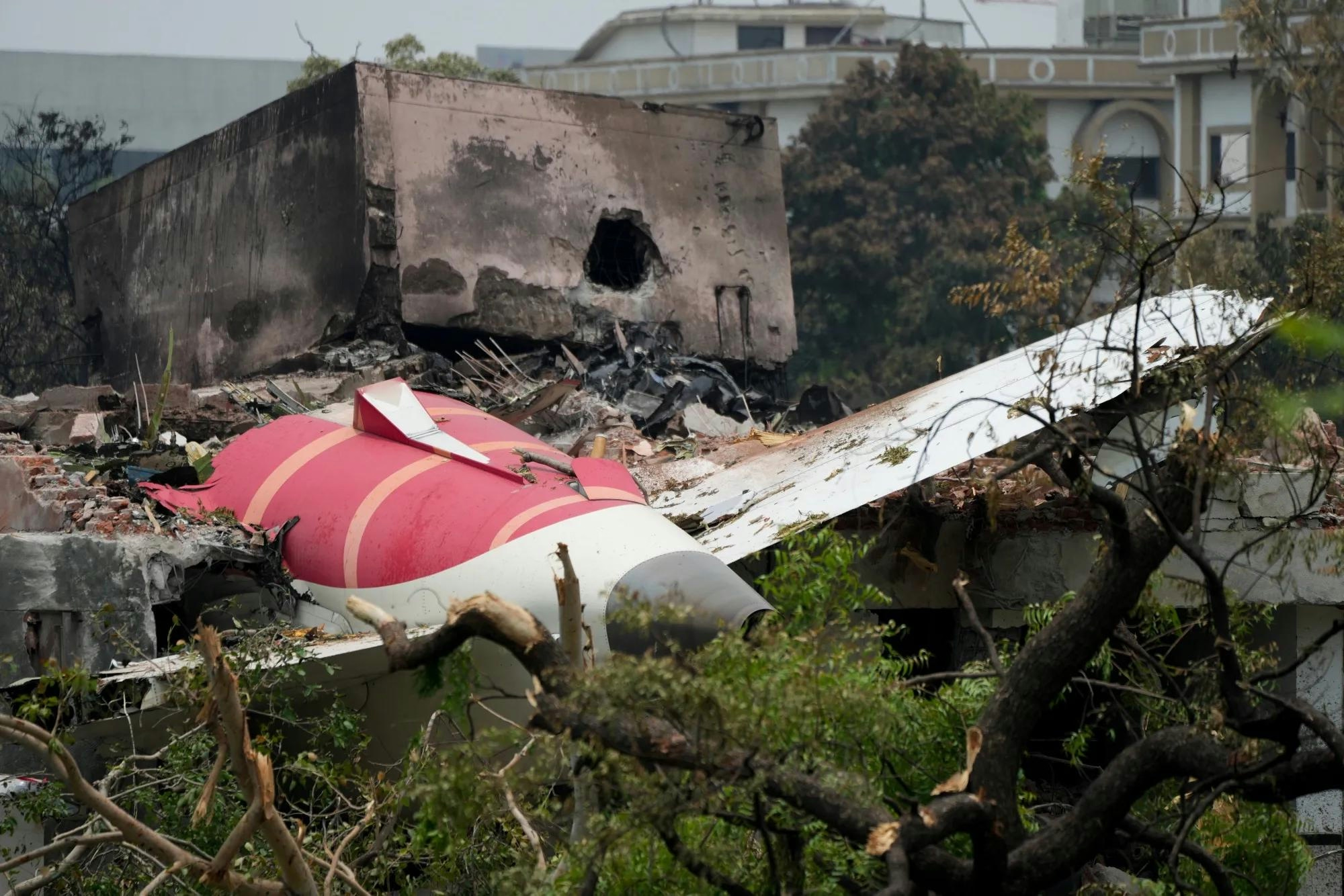
Aviation Minister Responds to Foreign Reports on AI 171 Crash
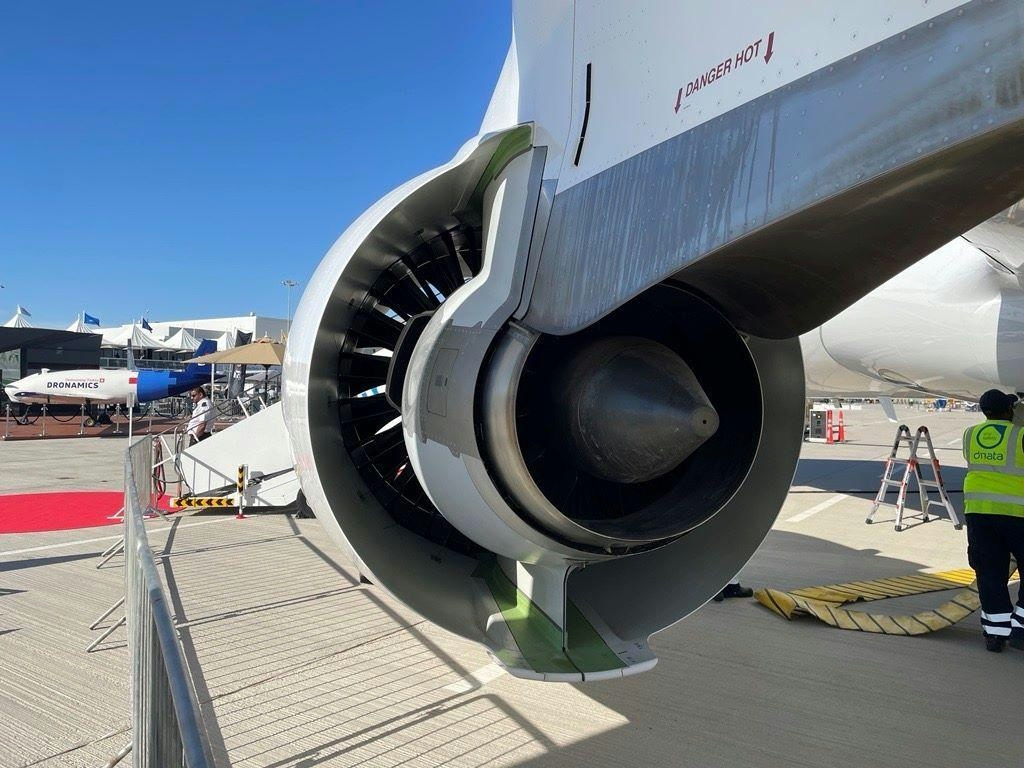
US Airlines Impacted by Pratt & Whitney Engine Groundings
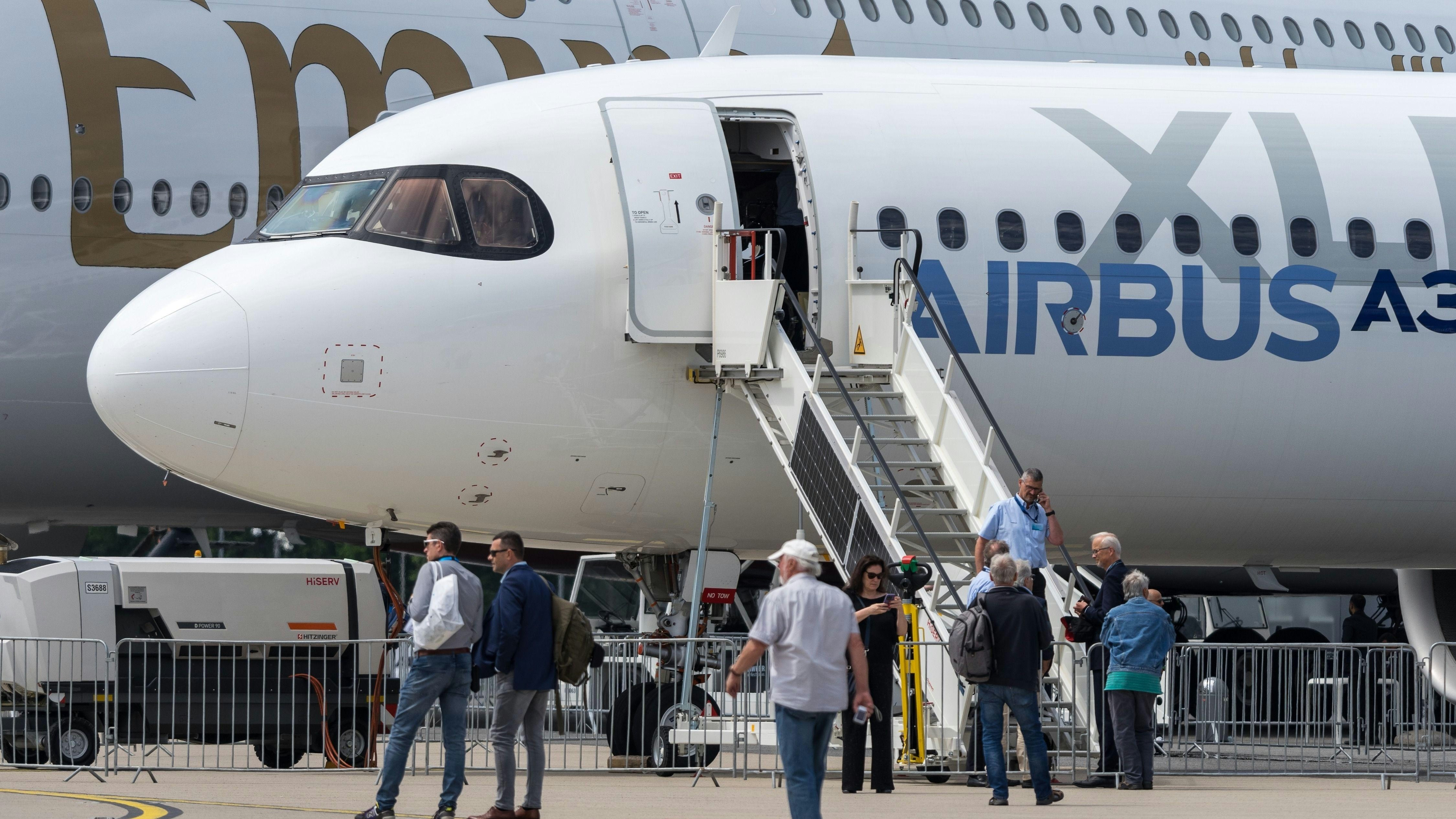
United Airlines’ First Airbus A321XLR Delivery Delayed Again
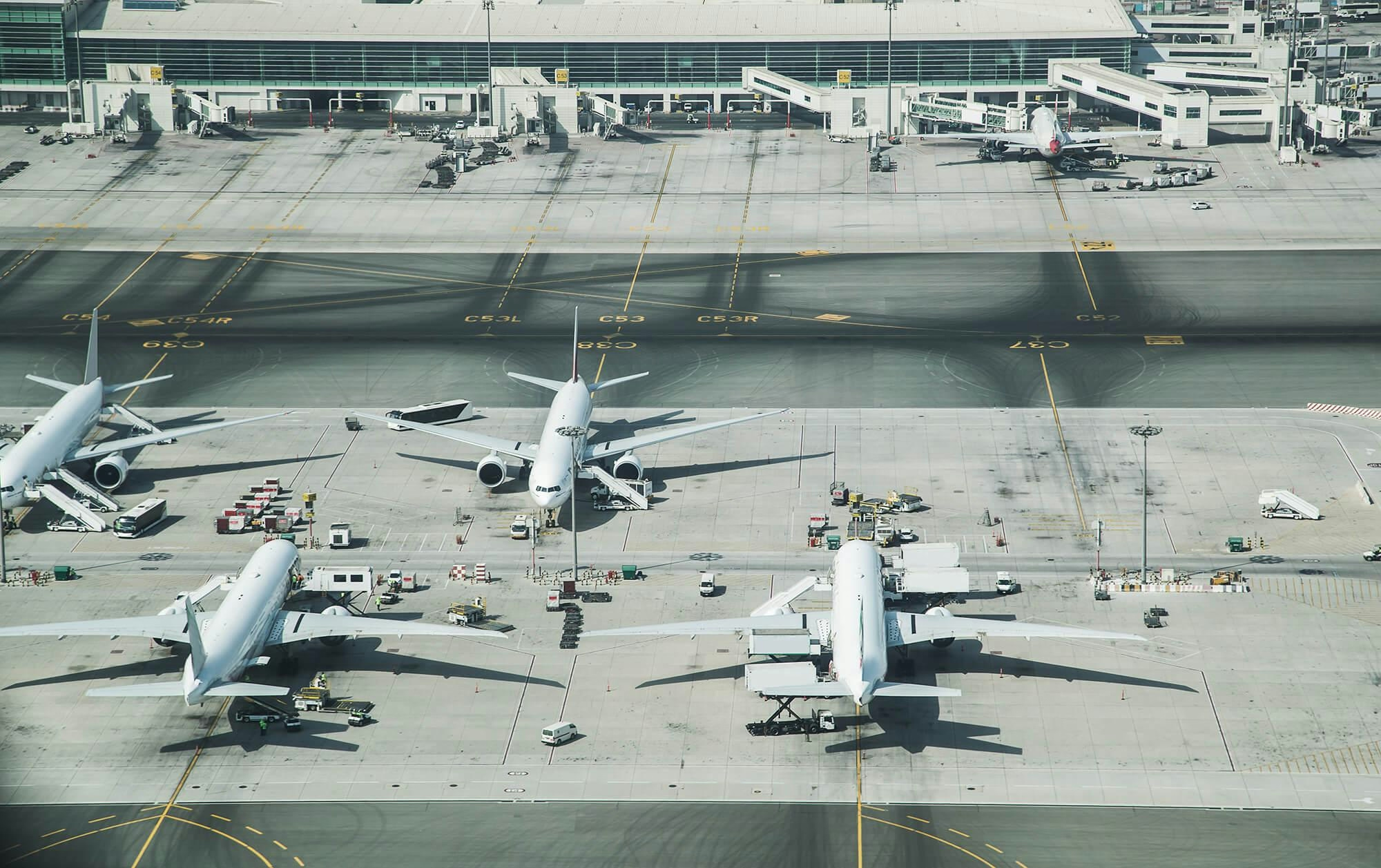
Rising Air Travel Demand Drives Aviation Leasing Market Growth to $408 Billion by 2034

Boeing and Airbus Compete in the 2025 Widebody Aircraft Market
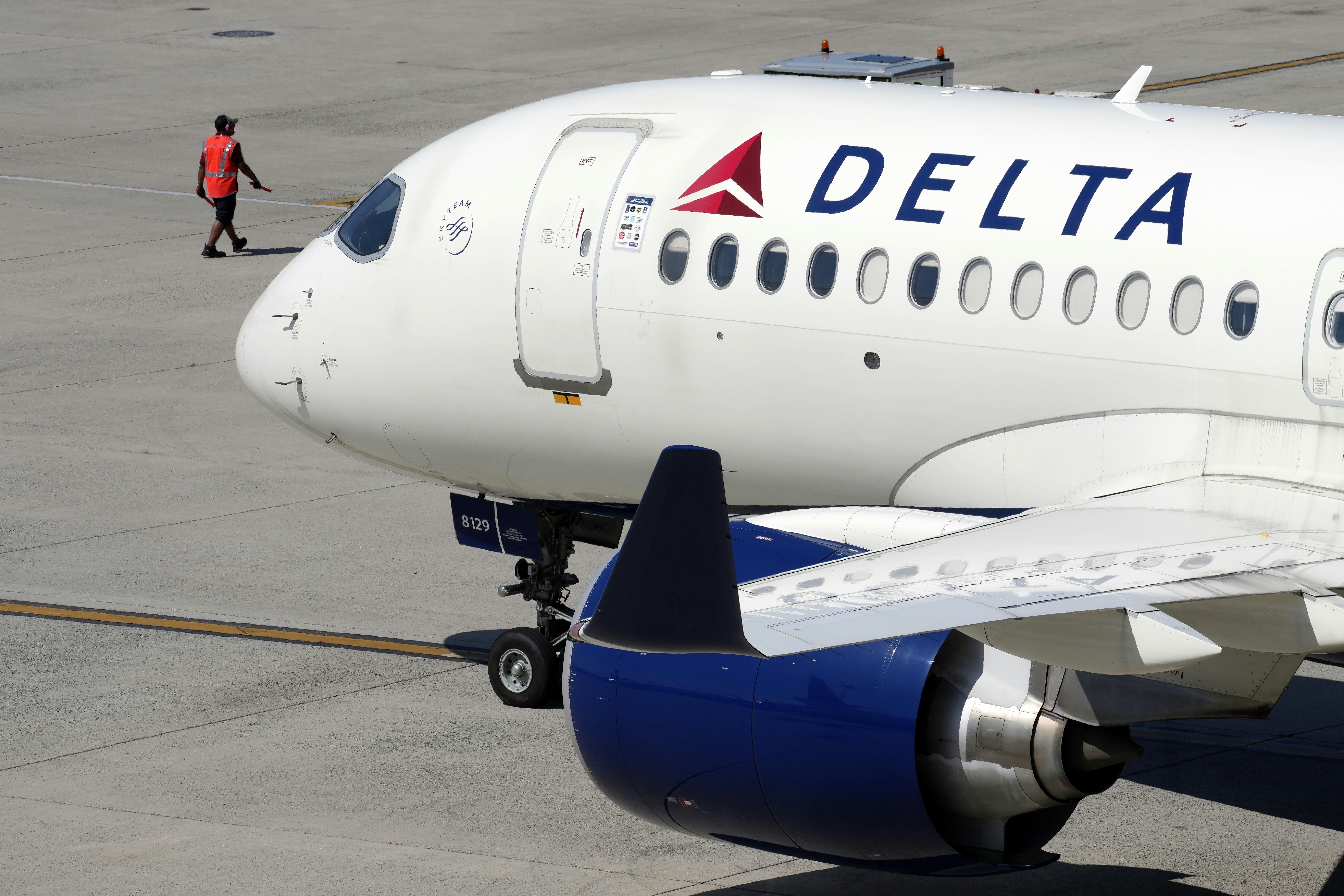
Engine Fire Forces Emergency Return of Delta Flight Shortly After Takeoff
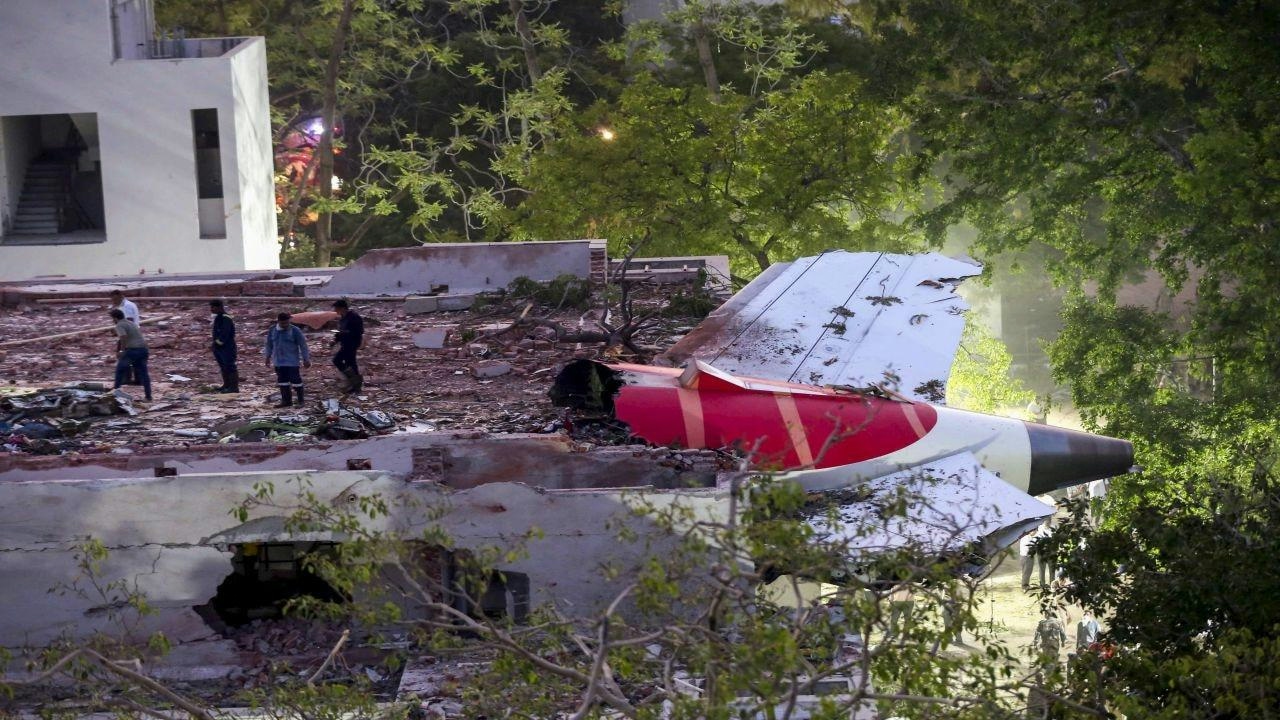
Air India Flight AI-171 Investigation Focuses on Tail Section for Electrical Malfunction Clues
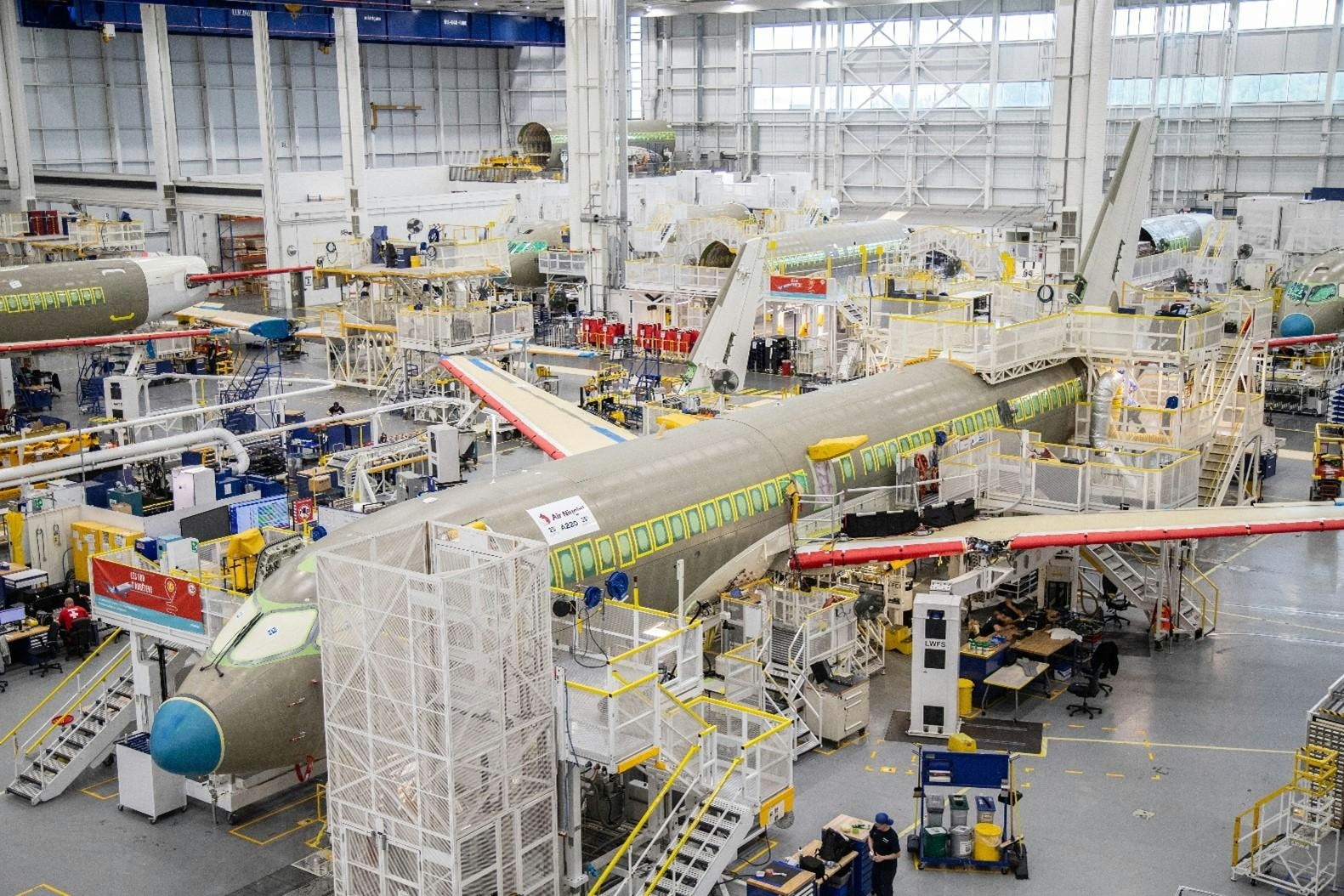
Airbus Considers Suspending A319neo Program After Limited Orders
